TRIBAL MARKS AND BEAUTY STANDARDS
Hi Friends,
Here is an article on tribal marks. Hope it does make sense.
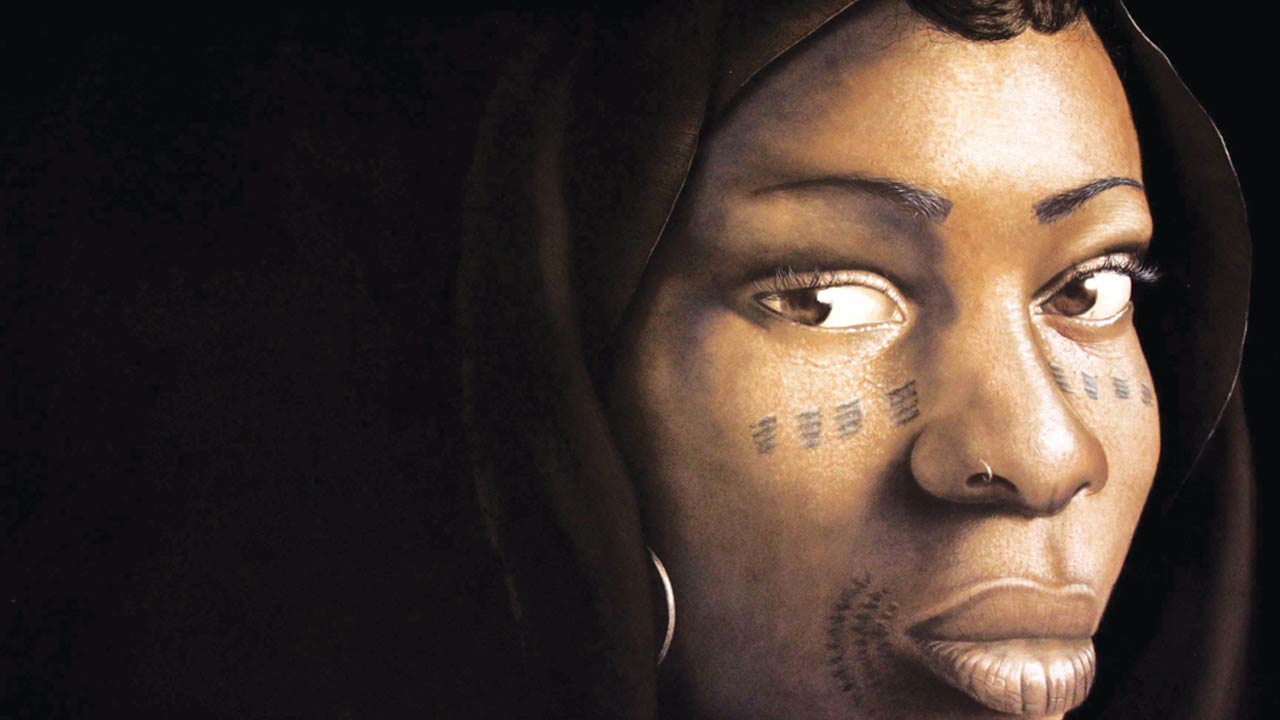
The Guardian
Typically, it rarely sounds appropriate for a person's face to have a lot of cuts here and there. But then, way back in time, a group of people thought it was quite fanciful and cool to have tribal marks. Well, these people perceived beauty in a different way. For them, beauty was a recreating of the body to include intricate details that mapped out the possibilities that could emerge from man-made cosmetic efforts. This is not far-fetched from the contemporary definition of beauty. Although, most times, we might be content with just how we look. Most times, we like to explore, to see just how differently beautiful we can look. So yes, we go on to try on several new costumes and fashion statements. While we might like our person, we want to see the possible other people we could as well still be.
And more than anything, this is what has influenced the fashion and cosmetic rave over the years. This desire to be many persons in one- a Godiva. Well, I cannot quite say that this is what influenced the practice of scarification amongst Africans in the past. But this is one sure inclination that affects just about everybody. So, what are these tribal marks, what is the history behind them and just how relevant are they to the present world? These are the questions we want to examine here.
WHAT TRIBAL MARKS ARE
Tribal marks are very inventive scarifications that some tribes make on the faces of their young ones. Maybe, that's why we know it to be tribal marks. Well, whatever the reason for its name, the ethnic groups usually known with these marks are mainly from Africa; Benin, Togo and Nigeria. And basically, the Yorubas in Nigeria are quite famous for their special attention to these assorted marks.
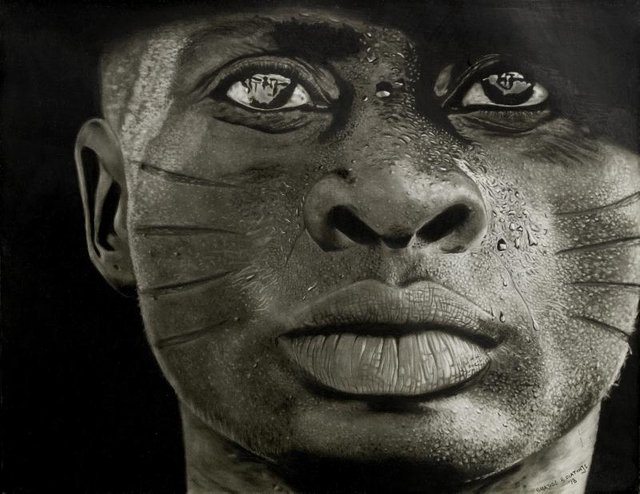
Photo credit: Babatunde Olatunji
While a child can be said to belong to a Yoruba clan for so many reasons like the Oriki (panegyric), it is the tribal mark that makes that child really identifiable. It is like the toga of the Romans, the hammerhead of Thor or the circumcision of the Israelites. But on a serious note, the giving of tribal marks was a painful process. Usually, they had to burn some sharp object and then pelter it on the child's skin to form the marks. Of course, the child didn't find this funny. But the belief was that once the child grew up, he would thank them fo it. Those who had tribal marks were Okola by calling. And while this name might sound derogatory now. it really was something to boast about.
And this is why.
TRIBAL MARKS AND BEAUTIFICATION
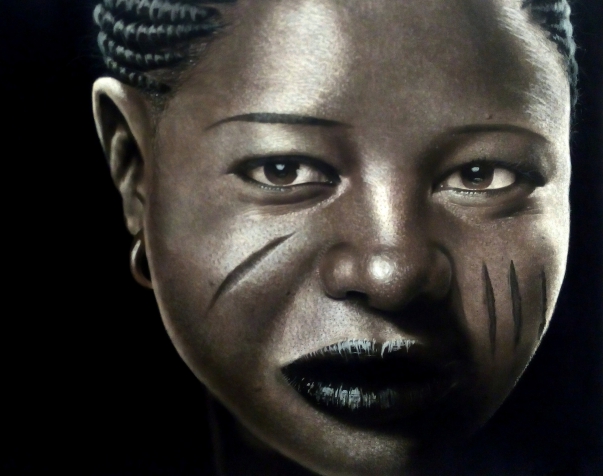
Babatunde Olatunji
The tribal marks mostly got its accreditation from a culture that needed to know its own. It didn't matter whether you went over the seas or under the earth, the Yorubas needed to always know their own as their own. This made for the use of tribal marks. By implication, the various scarring patterns also indicated the various tribes they were in the Yoruba tribe. While the Ondo people bore marks that looked like a plain 1, the Ile-Ife folks usually had three longitudinal lines. In the same vein, the other clans had their pattern. So, identity and tribal marks work along the same axis.
But this was not the only reasons for tribal marks. It was also associated with ethics and morality. As if out of the blues, these Yorubas believed that only those with tribal marks could exhibit good traits and show forth a cultural essence. So, if you had tribal marks, you would, inevitably, be well-mannered. Maybe this is because of how these people believed that someone who is very identifiable cannot dare display any madness outside because they will trace him back home, right to the doorsteps of his ancestral home. I sort of did a direct translation here. The point is if you were easily identifiable, you would make sure to be accountable and responsible.
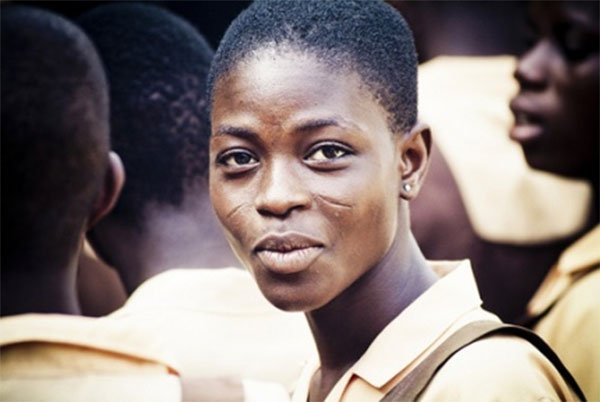
VozAfric
And there was a third reason for these tribal marks- Beauty. At that time amidst the Yorubas, to be beautiful was to have dark facial stripes lining your face. And it wasn't uncommon to find women with long marks across their cheeks and jaws. Just as it was quite an angelic thing to be fat in those days. In fact, thin women were the bane, of not just the Yorubas, but many other tribes in Nigeria. It didn't make sense for a man to want a scrawny shape and body when he could have it fuller and more robust. So, this made many women go to lengths just to have their breasts and butts bigger. In fact, there was usually this fattening house the soon-to-be-married women visited. This culture was quite popular amongst the Calabar.
In like manner, the tribal marks were one hell of an advantage for the back-in-the-days women. Their men liked it just as much as the society embraced it. But this is not what obtains anymore. The women or men who still have their tribal marks try hard to divert people's attention from it. And those who do not have, they can't stop talking about how they cannot imagine inflicting the stigma of tribal marks on their kids. Evidently, tribal marks and facial scarification is soon going to be extinct in nearer days.
BEAUTY STANDARDS
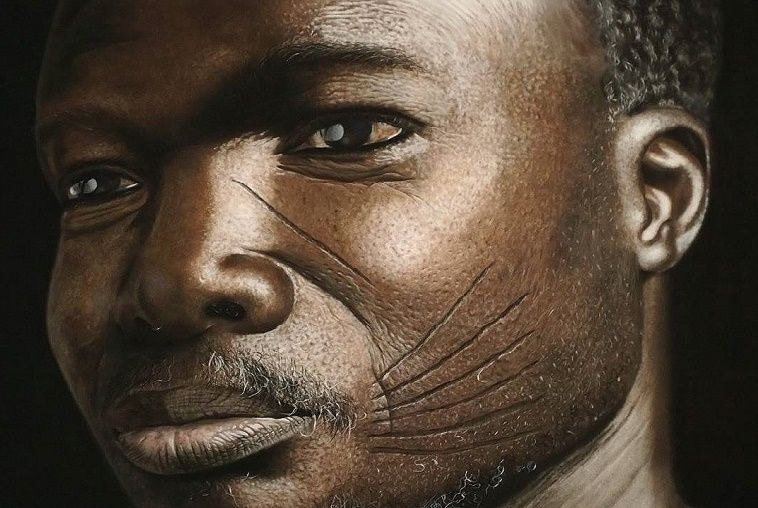
Babatunde Olatunji
More than anything, what this shows is that the standards of beauty change from time to time. It has never been static and it will never be. Tribal marks are no longer a viable trend in contemporary times. And fat, rounded women have lost their lustre and charm. Right now, there is a pervasive trend to lose weight and keep in shape. And by keeping the shape, the body has to be prim and straight. This constant change in beauty standards leaves me wondering what the next trend will be.
Wow such a detailed and dedicative work. You have really inspired me.
This post recieved an upvote from ryankofi. If you would like to recieve upvotes from ryankofi on all your posts, simply FOLLOW @ryankofi
Wow, it lovely. Nice work